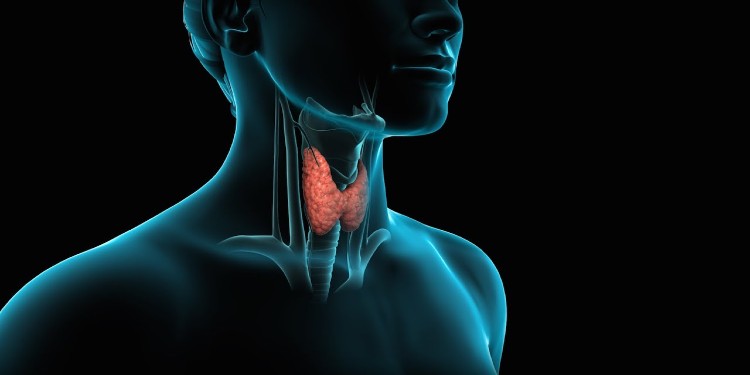
THYROID TUMOURS / CANCER
Thyroid swellings are three times more common in women than in men. The cause of thyroid cancer is mostly unknown, but certain risk factors have been identified and include a family history of goiter, exposure to high levels of radiation, and certain hereditary syndromes.
SYMPTOMS
The most common symptoms of thyroid tumour include a lump or nodule, that can be seen and felt in the front of the neck. The neck lump is typically long-standing, and slowly growing. Ominous features include change of voice, difficulty in swallowing, rapid growth, difficulty in breathing, appearance of neck nodes and bone pain.
DIAGNOSIS
If a lump in the thyroid is found, the first investigations are FNAC and a neck imaging (ie ultrasound or contrast CT scan). These two investigations taken together can decide whether a thyroid lump is malignant or not. However, sometimes the only way to tell its nature is to surgically remove the involved lobe of the thyroid gland and send it for histopathological examination. This may occasionally be the definitive curative treatment too.
TREATMENTS
Surgery is the of treatment for choice for majority of thyroid tumours. Chances of surgical complications like bleeding, recurrent laryngeal nerve paralysis and hypoparathyroidism will be explained in detail by the operating surgeon. The report after surgery dictates whether radio-iodine treatment is required or not.
Thyroid cancer is not a preventable disease, but it is certainly a tumour with better outcome than all other cancers of the head neck. The survival rate and prognosis of thyroid cancer depends upon the individual's age, the size of the tumor, and whether there is metastasis to the neck nodes, chest or bones.